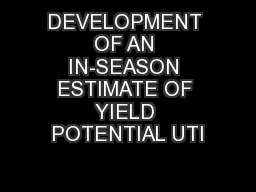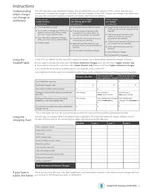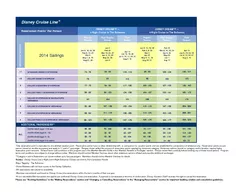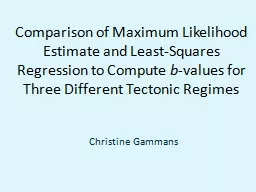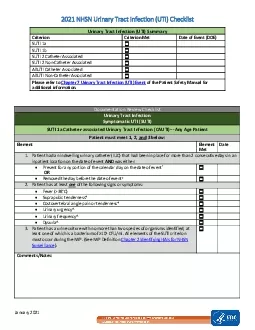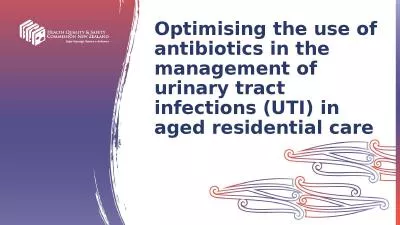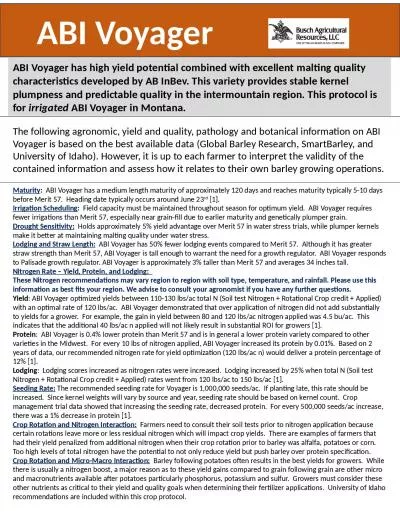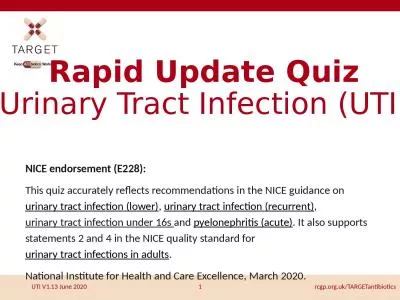PPT-DEVELOPMENT OF AN IN-SEASON ESTIMATE OF YIELD POTENTIAL UTI
Author : pasty-toler | Published Date : 2016-07-19
2013 NUE Conference Des Moines Iowa August 57 Jacob T Bushong Current OSU winter wheat midseason N rate recommendations are determined using Grain Yield Potential
Presentation Embed Code
Download Presentation
Download Presentation The PPT/PDF document "DEVELOPMENT OF AN IN-SEASON ESTIMATE OF ..." is the property of its rightful owner. Permission is granted to download and print the materials on this website for personal, non-commercial use only, and to display it on your personal computer provided you do not modify the materials and that you retain all copyright notices contained in the materials. By downloading content from our website, you accept the terms of this agreement.
DEVELOPMENT OF AN IN-SEASON ESTIMATE OF YIELD POTENTIAL UTI: Transcript
Download Rules Of Document
"DEVELOPMENT OF AN IN-SEASON ESTIMATE OF YIELD POTENTIAL UTI"The content belongs to its owner. You may download and print it for personal use, without modification, and keep all copyright notices. By downloading, you agree to these terms.
Related Documents

